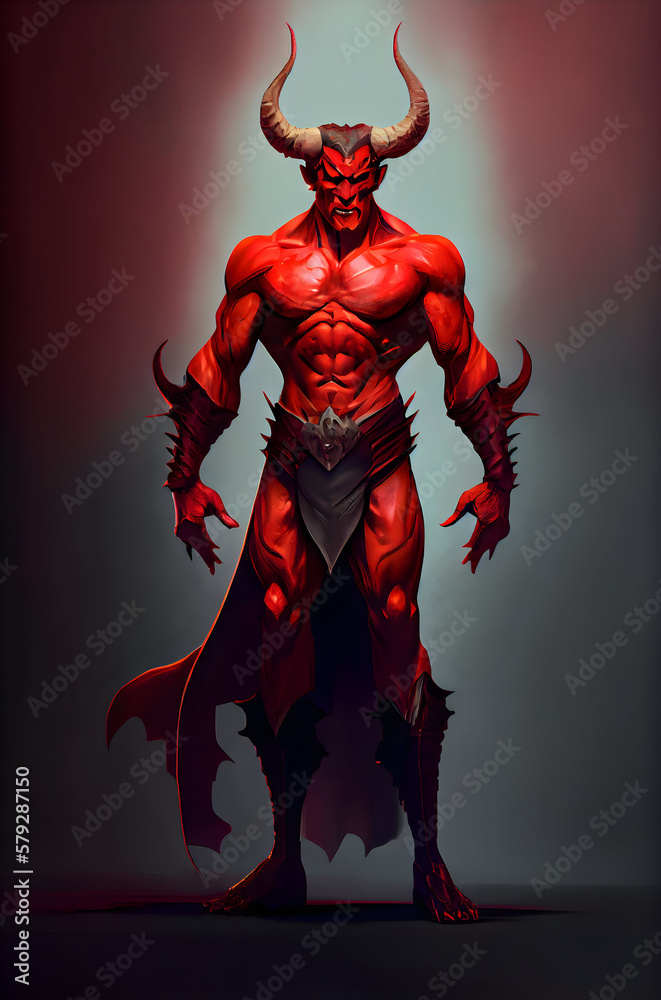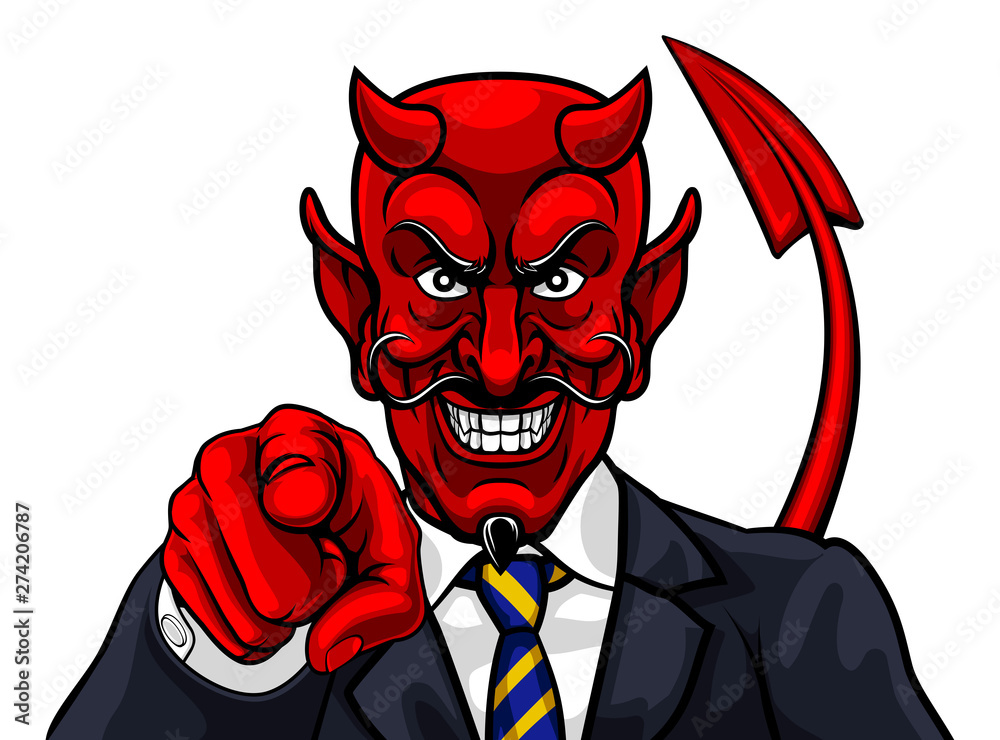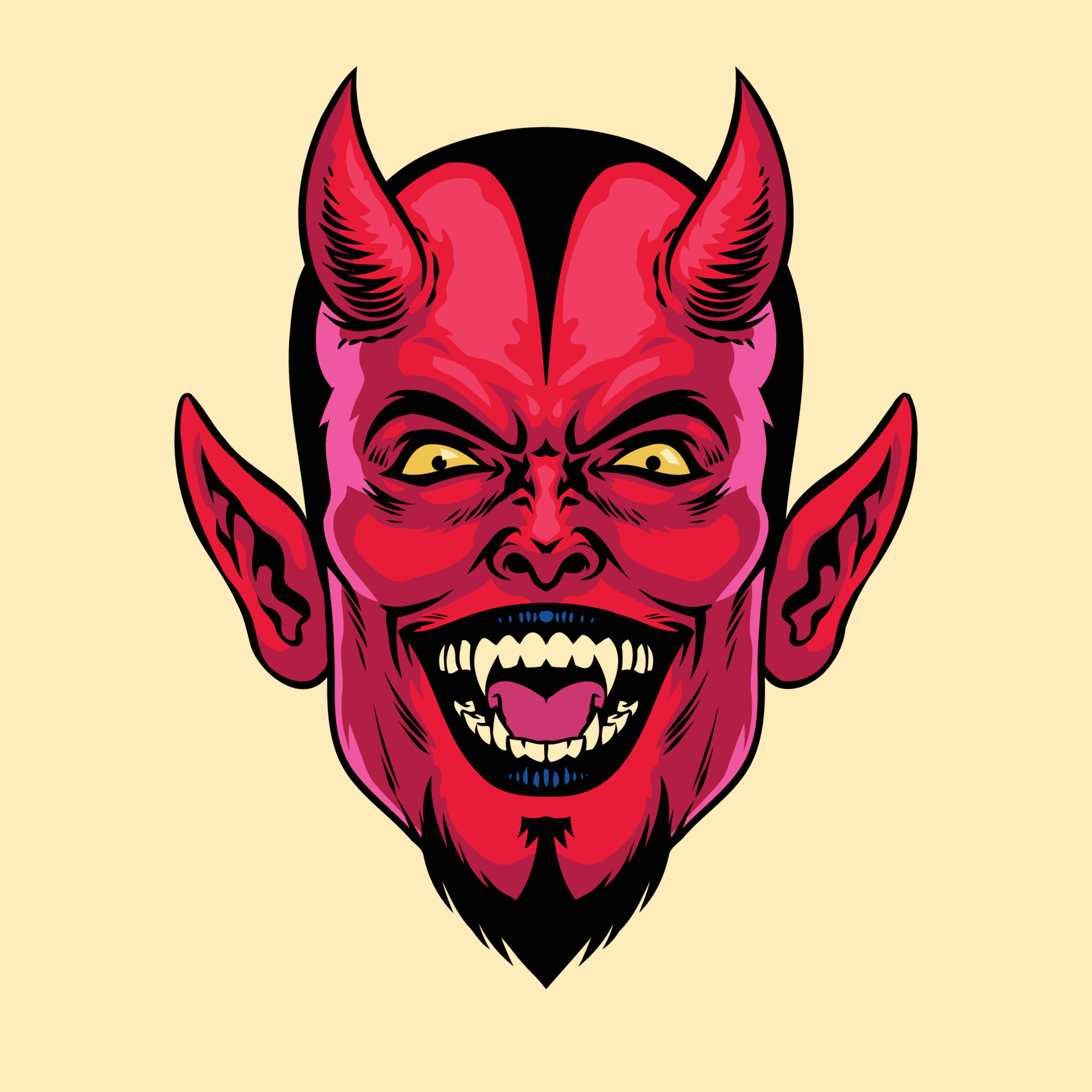The figure of the devil has captivated the human imagination for centuries, serving as a symbol of evil, temptation, and moral conflict. Across various cultures, the devil has taken many forms, but in English literature and media, this character has evolved in fascinating ways. This article explores the cultural depictions of the devil in English, examining literary works, folklore, film, and television, and analyzing how these portrayals reflect societal values and fears.
The Historical Context of the Devil in English Culture

The concept of the devil is deeply rooted in religious texts, particularly the Bible. In Christianity, the devil is often identified with Satan, a fallen angel who rebels against God. This archetype has permeated English literature, shaping the cultural understanding of evil.
- Medieval Period: The devil was often depicted as a grotesque figure in medieval morality plays, embodying sin and moral decay.
- Renaissance: The devil became a more complex character, as seen in Christopher Marlowe’s “Doctor Faustus,” where he represents both temptation and the pursuit of knowledge.
- Enlightenment: The Age of Enlightenment saw a shift towards rationalism, yet the devil persisted as a figure of superstition and fear, as evident in John Milton’s “Paradise Lost.”
Literary Representations of the Devil

English literature has a rich tradition of exploring the devil’s character, often using him as a lens to examine human nature and societal issues.
Classic Works
Several classic literary works provide notable depictions of the devil:
- John Milton’s “Paradise Lost” (1667): Milton presents Satan as a tragic figure, emphasizing his charisma and eloquence. This portrayal challenges the notion of evil as purely malevolent, inviting readers to empathize with his plight.
- William Blake’s “The Marriage of Heaven and Hell” (1790): Blake offers a radical reinterpretation of the devil, presenting him as a symbol of human creativity and rebellion against oppressive authority.
- Mary Shelley’s “Frankenstein” (1818): While not featuring the devil in a traditional sense, the creature serves as a representation of the consequences of unchecked ambition and moral neglect, paralleling the devil’s role as tempter.
Modern Interpretations

In contemporary literature, the devil continues to evolve:
- Stephen King’s “Needful Things” (1991): King crafts a narrative where the devil, in the form of Leland Gaunt, manipulates townsfolk into committing heinous acts, showcasing the destructive power of desire.
- Neil Gaiman’s “The Sandman” series (1989-1996): Gaiman presents Lucifer Morningstar as a complex character who resigns from ruling Hell, exploring themes of free will and redemption.
The Devil in Folklore and Mythology
Aside from literary depictions, folklore plays a significant role in shaping the devil’s image in English culture.
- The Legend of Faust: This German tale, popularized in English adaptations, tells the story of a scholar who makes a pact with the devil for knowledge and power, reflecting the moral consequences of ambition.
- British Folklore: Stories of the devil appearing in rural England, such as “The Devil’s Bridge” legends, illustrate the interplay between local culture and the archetype of evil.
Film and Television: The Devil on Screen
The devil’s portrayal in film and television has evolved alongside societal changes, often reflecting contemporary fears and anxieties.
Classic Horror Films

In the early to mid-20th century, horror films popularized the devil as a terrifying force:
- “The Exorcist” (1973): This film depicts demonic possession, invoking religious themes and societal fears of losing control over one’s mind and body.
- “Rosemary’s Baby” (1968): The devil is portrayed through the lens of paranoia and betrayal, emphasizing themes of motherhood and manipulation.
Modern Series and Films

In recent years, the devil has been featured in more nuanced roles:
- “Lucifer” (2016-2021): This series humanizes the devil, presenting him as a charming anti-hero who seeks redemption while challenging traditional notions of good and evil.
- “The Witch” (2015): This film explores the cultural hysteria surrounding witchcraft and the devil in 17th-century New England, emphasizing the psychological and societal implications of fear.
Psychological and Cultural Implications

The cultural depictions of the devil serve not only as entertainment but also as a reflection of broader societal issues. Understanding these representations can provide insight into human psychology and cultural values.
- Fear of the Unknown: The devil often embodies humanity’s fear of the unknown, representing chaos in a world governed by order.
- Moral Ambiguity: Many contemporary depictions challenge black-and-white morality, suggesting that evil may coexist with good within individuals.
- Social Critique: The devil can serve as a metaphor for societal issues, such as corruption, greed, and the consequences of moral failure.
The Devil’s Enduring Legacy
Despite changes in societal attitudes and beliefs, the devil remains a potent symbol in English culture. His enduring legacy reflects humanity’s ongoing struggle with morality, temptation, and the nature of evil.
Conclusion: Unmasking the Devil Within
In conclusion, the cultural depictions of the devil in English literature, folklore, film, and television reveal profound insights into human nature and societal values. From the tragic figure of Milton’s Satan to the charming anti-hero of modern television, these representations challenge us to confront our understanding of good and evil. As we continue to explore the complexities of this archetype, the devil serves as a mirror, reflecting our fears, desires, and moral dilemmas. Understanding these depictions not only enriches our cultural literacy but also encourages deeper self-reflection as we unmask the evil that resides within us all.